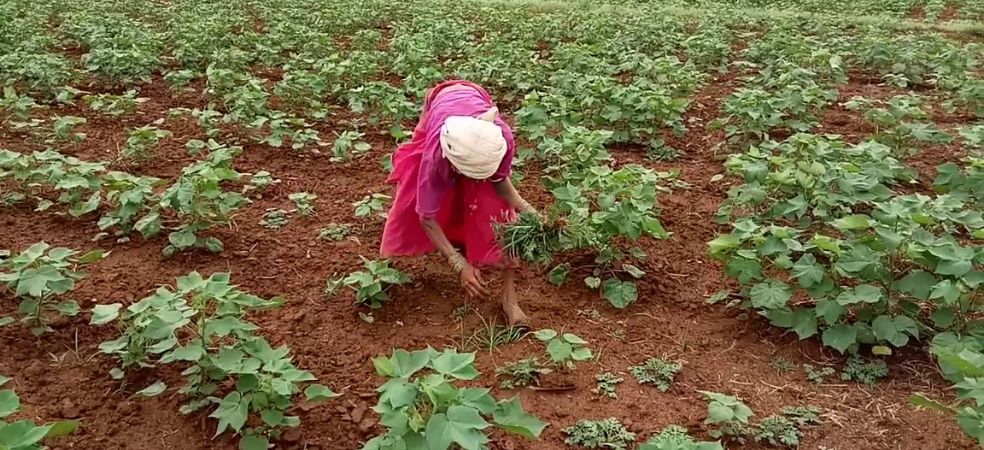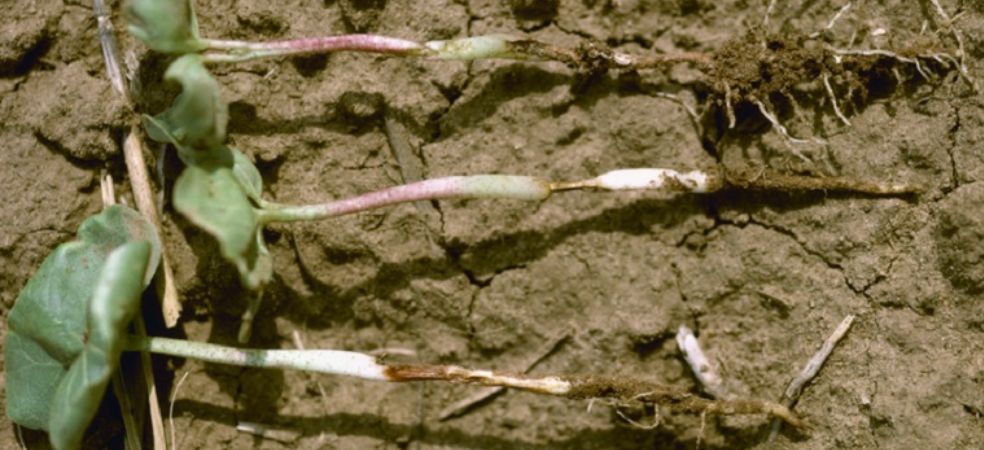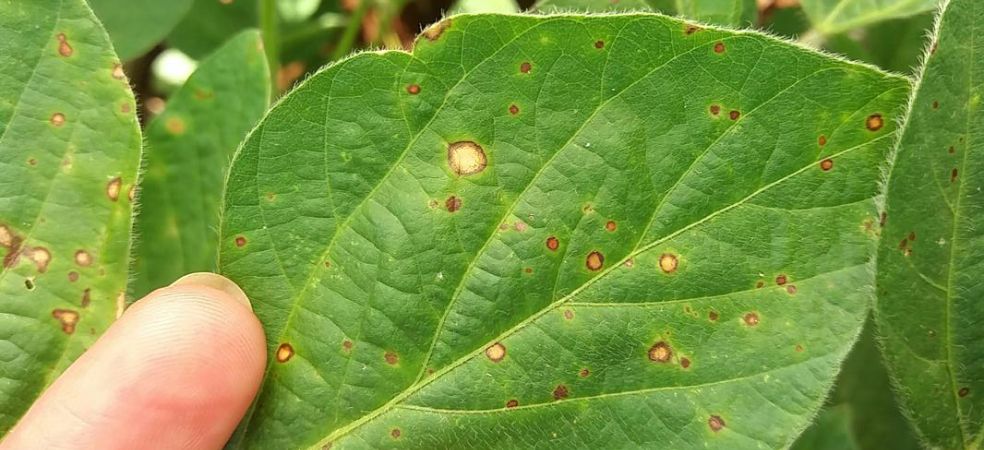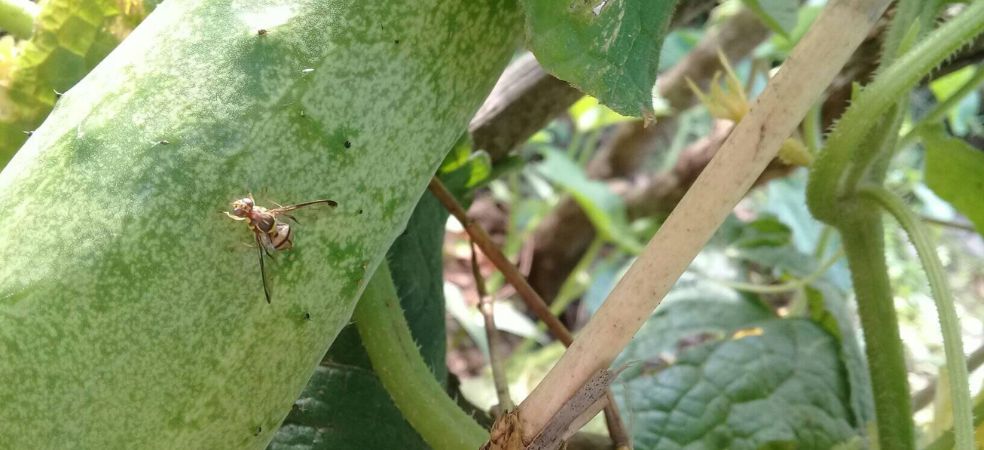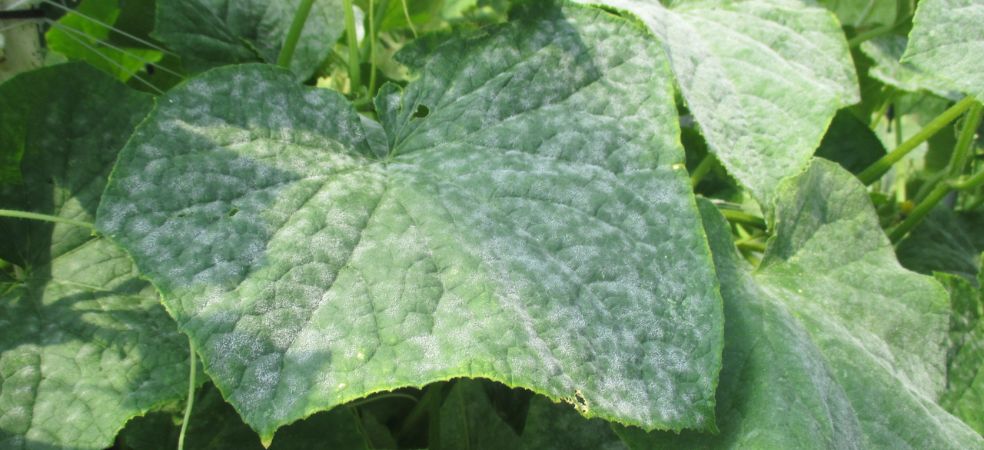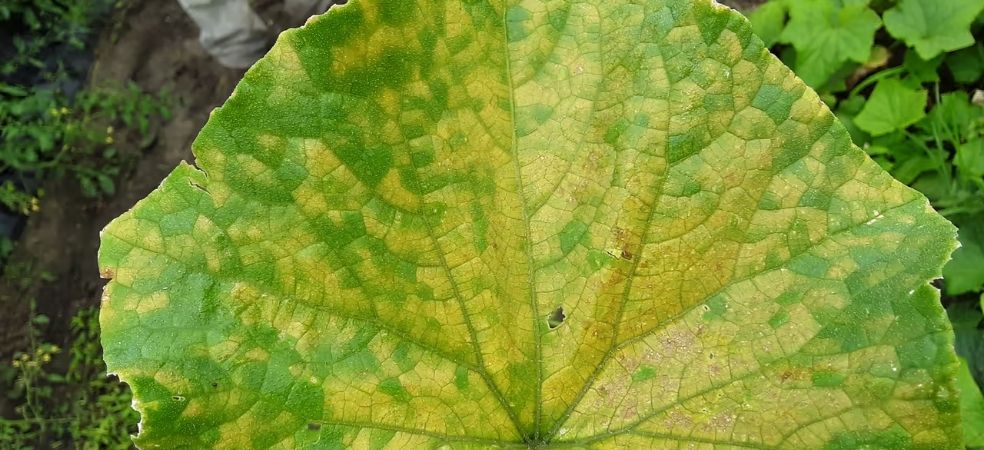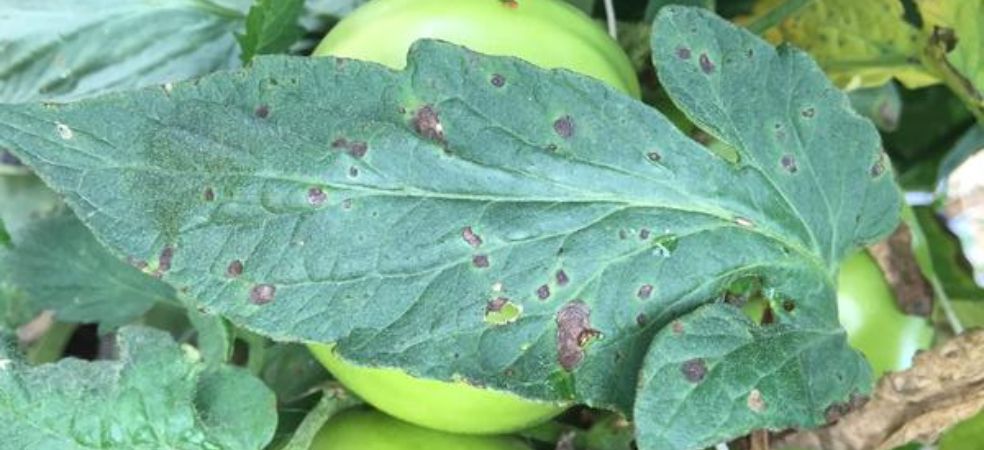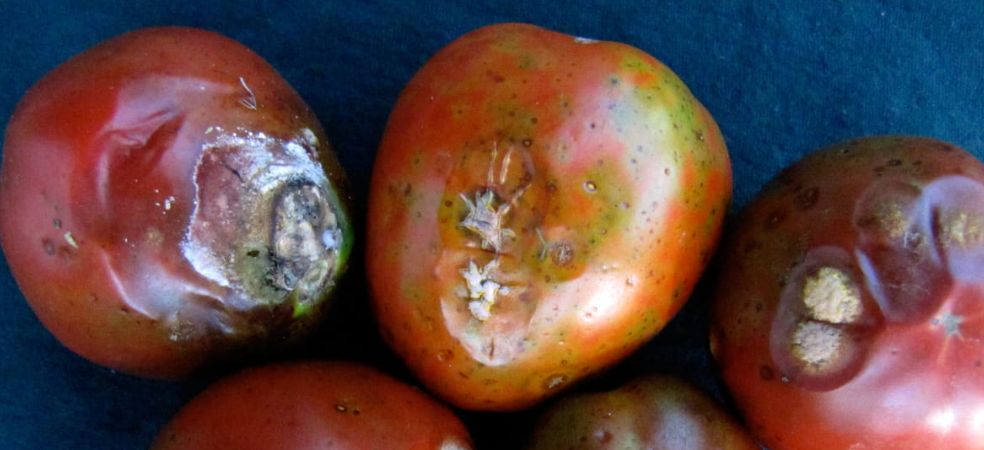-
Weeds are the main problem in the cotton crop due to which the yield decreases. The cotton field should be weed-free for 50-60 days from sowing.
-
It is essential for good yield. Remove weeds by hand before first irrigation or sowing. Also, repeat this process after every irrigation.
-
Use herbicide within three days of sowing, for this spray Dost (Pendimethalin 30% EC) at the rate of 1000 ml/acre.
-
Sufficient moisture should be present in the soil at the time of herbicide application. By its use, the crop remains weed-free for 40 days.
-
If herbicide was not used at the time of sowing, do weeding between 18 to 20 days after sowing.
-
Use a flat fan nozzle to spray herbicide.
ShareFor such important information related to the agriculture sector and farmers, do read Gramophone articles daily. If you liked today’s information then don’t forget to share.

